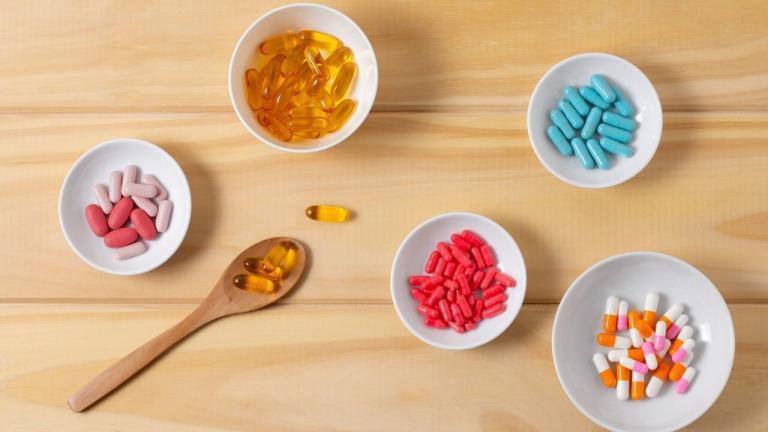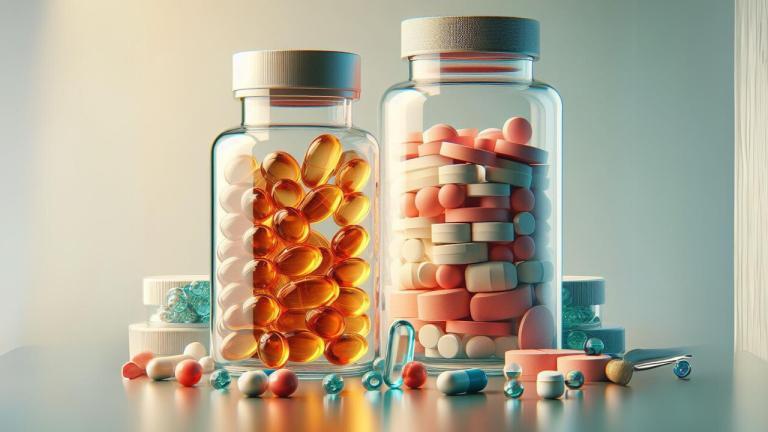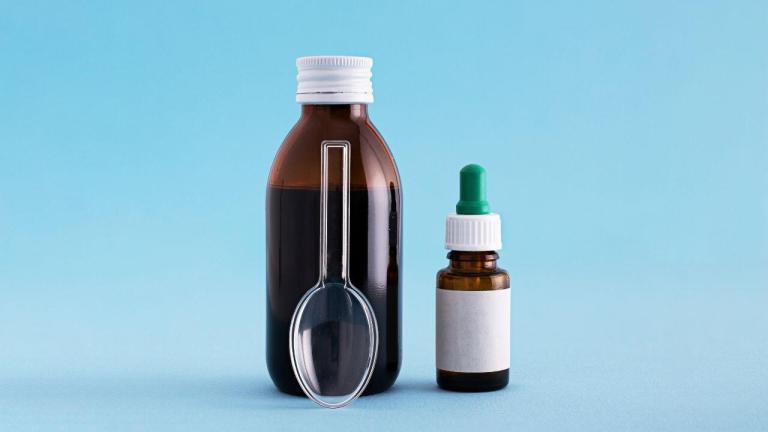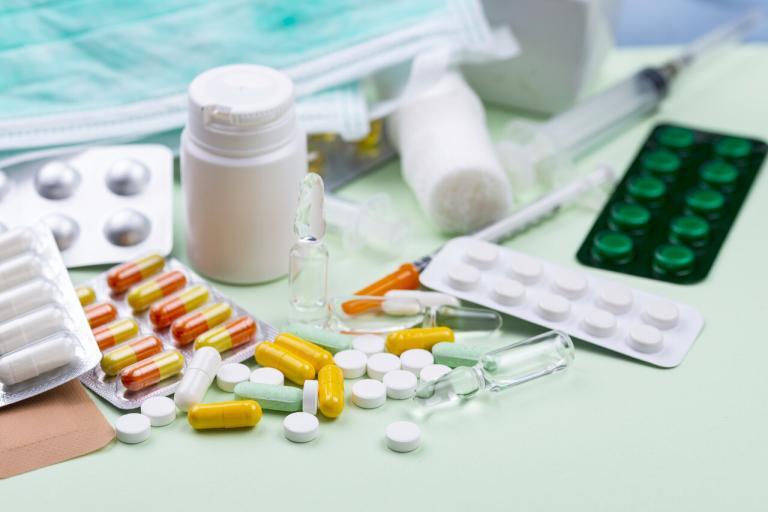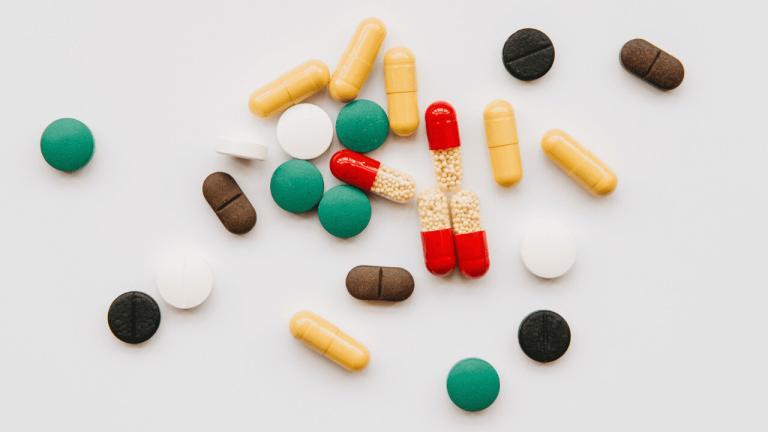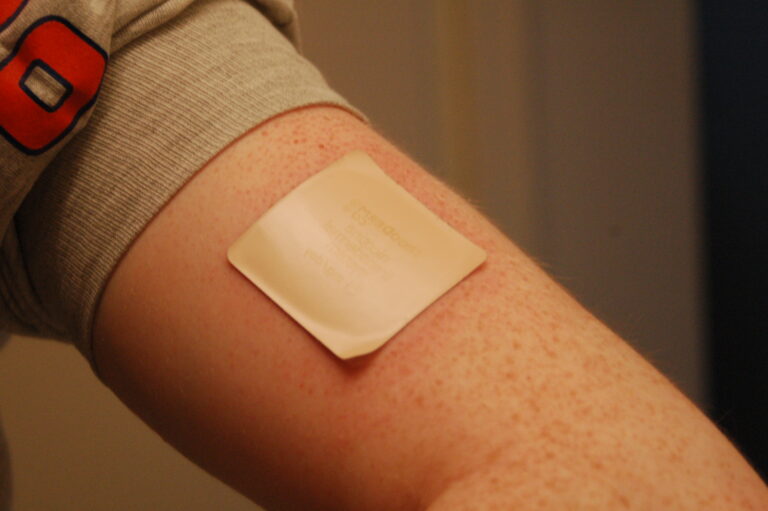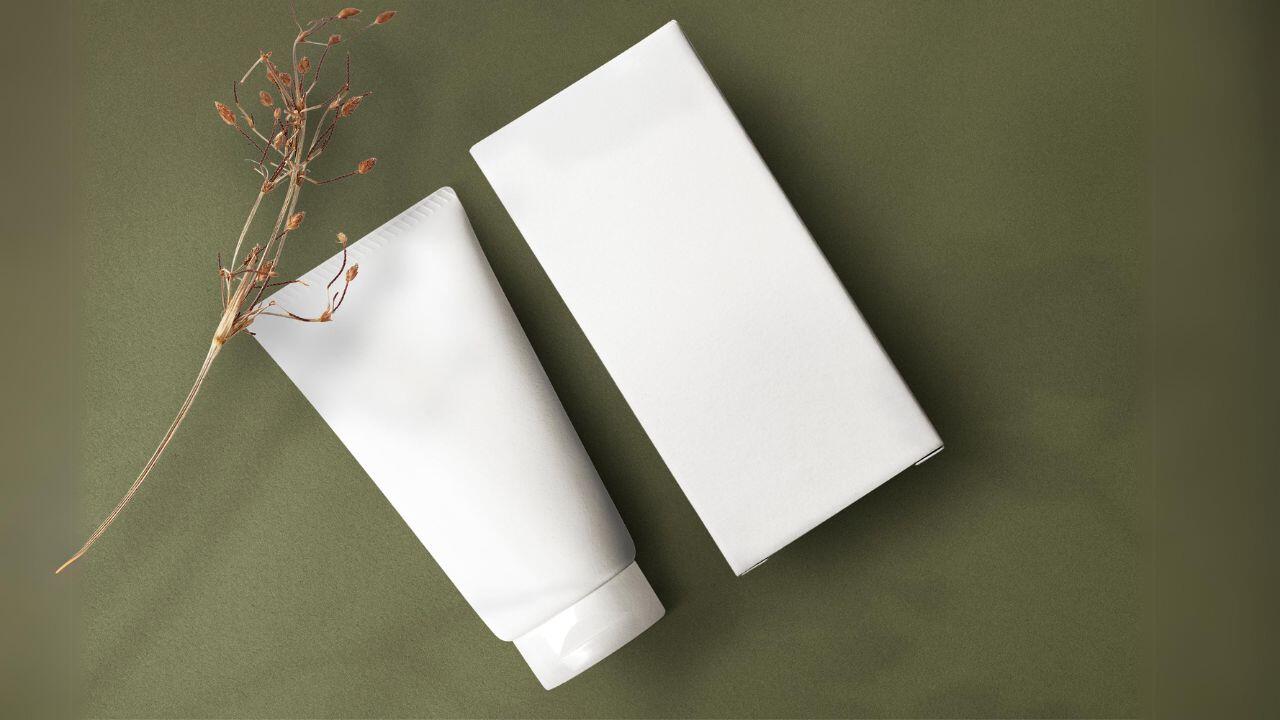
Semi solid dosage forms (SSDFs) represent a pivotal category in pharmaceutical formulations, bridging the gap between liquid and solid medications. Characterized by their unique consistency, these dosage forms encompass a variety of formulations such as creams, gels, ointments, and pastes. Primarily used for topical and transdermal applications, SSDFs offer distinct advantages in terms of targeted drug delivery, enhanced patient compliance, and minimized systemic side effects.
In this article, we will explore the semi solid dosage forms, exploring their benefits, challenges, and innovative approaches that are shaping their future in the pharmaceutical industry.
What Is a Semi Solid Dosage Form?
A semi solid dosage form is a type of medication that is neither solid nor liquid but possesses properties of both. These formulations are used primarily for external application to the skin or mucosal membranes and are designed to deliver active pharmaceutical ingredients in a controlled manner.
Common examples of semi solid dosage forms include creams, ointments, gels, and pastes. They are particularly favored for topical drug delivery as they can provide localized treatment, reduce systemic side effects, and offer ease of application. The consistency and composition of semi solid dosage forms are carefully formulated to ensure optimal drug release, stability, and patient compliance.
They are widely used in treating dermatological conditions, providing pain relief, and administering transdermal therapies. The versatility and effectiveness of semi solid dosage forms make them a vital component of modern pharmaceuticals.
Types of Semi Solid Dosage Based on Method of Drug Delivery
Topical and transdermal are two terms used to describe different methods of drug delivery through the skin. Both involve applying medication directly to the skin, but they have distinct purposes and mechanisms of action.
Topical Delivery
Topical medications are applied to the surface of the skin to treat local conditions. They are designed to act at the site of application, with minimal absorption into the bloodstream. Topical formulations are commonly used to treat skin conditions such as eczema, acne, or psoriasis. They can come in various forms, including creams, ointments, gels, and lotions.
The primary goal of topical delivery is to provide localized relief or treatment without significant systemic effects.
Transdermal Delivery
Transdermal medications, on the other hand, are designed to be absorbed through the skin and into the bloodstream to exert their effects on the body. Transdermal delivery systems often use patches, gels, or creams that contain active ingredients intended for systemic treatment. These formulations are engineered to penetrate the skin barrier and deliver the drug at a controlled rate.
Transdermal delivery is used for medications that require consistent blood levels over an extended period, such as nicotine patches for smoking cessation or hormone replacement therapy patches.
Types of Semi Solid Dosage Based on Forms
Semi solid dosage forms are a diverse group of pharmaceutical formulations that are used for topical or transdermal drug delivery. These formulations offer several advantages, including ease of application, localized drug delivery, and reduced systemic side effects. Here, we explore the various types of semi solid dosage forms, their characteristics, and applications:
Ointments
Thick, oil-based formulations, ointments are designed for external use and are ideal for treating skin conditions like eczema. They provide a protective layer over the skin and are categorized into four types based on their bases:
- hydrocarbon or oleaginous bases (oil-based, occlusive, and emollient),
- emulsion or water miscible bases (water-in-oil or oil-in-water emulsions),
- absorbent bases (can absorb aqueous solutions), and
- water-soluble bases (non-greasy and washable with water).
Creams and Lotions
These are similar to ointments but have a higher water content, making them less greasy and easier to spread. Creams can be either water-in-oil or oil-in-water emulsions, providing a balance between hydration and barrier protection. Lotions, being the lightest form, often contain alcohol for a cooling effect and are ideal for covering large areas of the skin.
Pastes
Thicker than ointments, pastes are a mixture of powder and ointment base, providing a protective barrier and absorbing moisture. They are often used for localized conditions like athlete’s foot, offering targeted relief and treatment.
Gels
Gels are semi solid dosage forms characterized by their jelly-like consistency. They are used for both topical and transdermal applications, offering a clear or translucent appearance with a smooth texture.
Gels are easy to apply and spread evenly over large areas, making them suitable for delivering medication directly to the skin or through the skin into the bloodstream. Their unique formulation allows for the controlled release of active ingredients, providing targeted treatment and relief.
Jellies
Similar to gels, jellies are semi solid dosage forms designed for topical use. They are often employed in treating conditions like vaginal dryness, where they provide lubrication and relief.
Jellies typically consist of water, an active ingredient, and gelling agents, creating a soft and spreadable texture. Their formulation is designed to minimize irritation and maximize comfort, making them a preferred choice for sensitive areas.
Poultices
Poultices, also known as cataplasms, are a traditional form of semi solid dosage used for topical treatment. They involve applying a medication-laden cloth or dressing to the skin, usually to address conditions like boils, sunburn, or inflammation.
Poultices provide soothing relief and promote healing by delivering therapeutic substances directly to the affected area. They can be made from a variety of materials, including herbs, clay, or activated charcoal, and are often used in conjunction with heat or cold therapy to enhance their healing effects.
Suppositories
Suppositories are unique dosage forms designed for insertion into body cavities, such as the rectum or vagina. They are typically solid or semi solid at room temperature but melt, dissolve, or soften at body temperature to release the active ingredient.
This form of drug delivery is particularly advantageous as it bypasses the gastrointestinal tract, avoiding the effects of first-pass metabolism and reducing the risk of gastrointestinal irritation. Suppositories are commonly used for systemic or local effects, such as pain relief, constipation treatment, or delivering medications to the vaginal area.
Plasters
Plasters are a traditional form of medication delivery that consists of a combination of plaster, water, and an active ingredient. When applied to the skin, they harden and provide a slow, steady release of the medication over time.
This controlled release is beneficial for treating conditions like skin and plantar warts, where a consistent and prolonged exposure to the active ingredient is necessary for effective treatment.
Rigid Foams
Rigid foams represent a unique drug delivery system where gas bubbles are distributed within a liquid matrix containing the active pharmaceutical ingredient (API) and other excipients. This form is primarily used for topical delivery of various active ingredients, such as corticosteroids and antimicrobials.
The foam format allows for easy application, even coverage, and improved penetration of the medication into the skin, making it an effective option for treating a range of dermatological conditions.
Glycerogelatins
Glycerogelatins are semi solid dosage forms used for sustained release of medication. They are typically formulated with a combination of glycerin, gelatin, and the active ingredient. This composition provides a jelly-like consistency that can be easily applied to the skin or mucosal surfaces.
The sustained-release properties of glycerogelatins reduce the need for frequent reapplication, providing a more convenient treatment option for patients and ensuring a consistent therapeutic effect over an extended period.
Here’s a table that outlines the differences between the various semi solid dosage forms:
| Dosage Form | Description | Application | Advantages |
| Ointments | Thick, oil-based formulations for external use | Skin conditions like eczema | Provides protective layer, occlusive, emollient |
| Creams | Similar to ointments but with higher water content, less greasy | General topical applications | Easier to spread, suitable for large areas, hydrating |
| Lotions | Lighter than creams with higher water content, some contain alcohol | Large skin areas, cooling effect | Easy to apply, non-greasy, cooling sensation |
| Pastes | Mixture of powder and ointment base, thicker than ointments | Localized conditions like athlete’s foot | Provides protective barrier, absorbs moisture |
| Gels | Jelly-like consistency, clear or translucent, for topical or transdermal use | Large skin areas, drug delivery | Easy to apply, even coverage, controlled release |
| Jellies | Similar to gels, designed for topical use, often used for lubrication | Conditions like vaginal dryness | Minimizes irritation, maximizes comfort |
| Poultices | Medication-laden cloth or dressing applied to the skin | Boils, sunburn, inflammation | Provides soothing relief, promotes healing |
| Suppositories | Solid or semi-solid forms inserted into body cavities, melt at body temperature | Rectal or vaginal medication delivery | Bypasses gastrointestinal tract, avoids first-pass metabolism |
| Plasters | Combination of plaster, water, and active ingredient, hardens on the skin | Skin and plantar warts treatment | Slow, steady release of medication, controlled treatment duration |
| Rigid Foams | Gas bubbles distributed in a liquid with active ingredients, used for topical delivery | Dermatological conditions | Easy application, improved penetration of medication |
| Glycerogelatins | Semi-solid forms made with glycerin, gelatin, and active ingredient, used for sustained release | Sustained drug release | Prolonged therapeutic effect, reduces frequency of application |
Benefits of Semi Solid Dosage Forms
The semi solid state of dosage forms ensures a prolonged contact time with the application site, enhancing the absorption and effectiveness of the active pharmaceutical ingredients (APIs). Let’s explore the benefits of semi solid dosage forms, highlighting their significance in modern pharmaceuticals.
Localized Treatment
One of the primary advantages of SSDFs is their ability to provide localized treatment. By applying the medication directly to the affected area, these formulations minimize systemic absorption and reduce the risk of side effects commonly associated with oral medications. This targeted approach is especially beneficial for treating skin conditions, such as eczema, psoriasis, and acne, where a localized effect is desired.
Enhanced Patient Compliance
Semi solid dosage forms are generally easy to apply and are often perceived as more pleasant to use compared to other dosage forms. This ease of use, coupled with the reduced frequency of application due to their sustained release properties, significantly enhances patient compliance. Improved compliance leads to better treatment outcomes and overall patient satisfaction.
Controlled Drug Release
Many SSDFs are designed to release the active ingredient in a controlled manner. This controlled release ensures a steady concentration of the drug at the site of action, providing a consistent therapeutic effect over an extended period. This can be particularly advantageous for chronic conditions that require long-term treatment.
Protection and Healing
Semi solid dosage forms like ointments and pastes can form a protective barrier over the skin, preventing further irritation or infection. This protective layer can also help to retain moisture, promoting the healing process in conditions such as dry skin or minor wounds.
Versatility in Formulation
SSDFs offer a wide range of formulation possibilities, allowing for the incorporation of various active ingredients, excipients, and technologies. This versatility enables the development of customized formulations tailored to specific therapeutic needs, enhancing the effectiveness of the treatment.
The Market for Semi Solid Dosage Forms
The market for semi solid dosage forms, encompassing creams, gels, ointments, and pastes, is experiencing notable growth, with a projected expansion from USD 13,569.19 million in 2023 to USD 21,913.76 million by 2032, at a CAGR of 5.40%. This growth is propelled by the pharmaceutical industry’s focus on enhancing drug delivery systems, improving patient compliance, and achieving superior therapeutic outcomes.
Contract manufacturing plays an important role, enabling pharmaceutical companies to access specialized manufacturing capabilities, adhere to regulatory standards, and minimize costs associated with in-house production facilities. The demand for specialized formulations is on the rise, driven by the industry’s shift towards more patient-centric treatments.
Strategic collaborations between pharmaceutical companies and contract manufacturers are instrumental in the efficient production of semi solid dosage forms, facilitating faster market entry for new drugs and optimization of existing formulations. Additionally, the increasing prevalence of skin diseases and chronic pain conditions is fuelling the market’s expansion. Looking ahead, the partnership between pharmaceutical companies and contract manufacturers will remain vital, with access to advanced manufacturing technologies and formulation development expertise spurring innovation in semi solid dosage forms.
Challenges in Semi Solid Dosage Forms Development
Developing and manufacturing semi solid dosage forms (SSDFs) for topical and transdermal applications poses several challenges.
One of the primary hurdles is the analytical method development for these formulations, which is often more complex than for solid dosage forms. This complexity arises from the typically unfavorable drug-to-matrix ratio in semi-solid formulations, which usually ranges between 0.1% and 1%, compared to 10–50% in tablets. Consequently, the determination of degradation products must be calculated from their concentration in the formulation and the maximum daily dose (MDD) according to ICH Q3B guidelines.
Another significant challenge is overcoming the natural barrier function of human skin. Transdermal SSDFs must penetrate this barrier to deliver active pharmaceutical ingredients (APIs) to the bloodstream. This requires the molecules to be well-suited for passive diffusion through the skin, as well as through hair follicles and sweat glands.
Furthermore, optimizing the effectiveness of a drug often involves pairing an SSDF with an absorption-enhancing ingredient. These ingredients increase the permeability of the skin, allowing active ingredients to penetrate more easily. However, this increased permeability can also leave the skin more vulnerable to injury and damage from other substances. Balancing the enhancement of drug absorption with the preservation of skin integrity is a critical aspect of developing effective and safe semi solid dosage forms.
Closing Thoughts
As we look to the future, the role of semi solid dosage forms in pharmaceuticals is set to expand further. With advancements in formulation technology and a growing understanding of skin physiology, we can expect to see more sophisticated and effective SSDFs. The ongoing research into novel excipients and drug delivery systems will likely address current limitations and enhance the therapeutic potential of these formulations.
Moreover, the increasing demand for personalized medicine and patient-centric approaches will drive the development of customized SSDFs tailored to individual needs. In this evolving landscape, semi solid dosage forms will continue to be a key player in delivering innovative and effective healthcare solutions.


